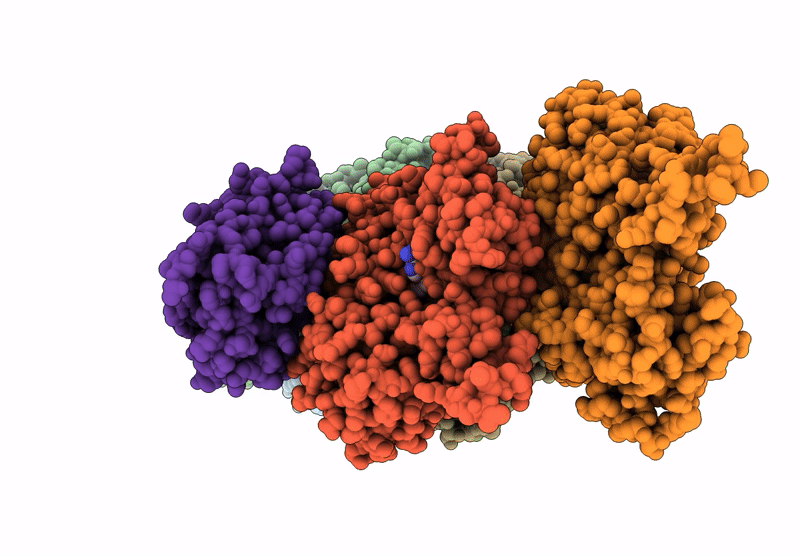
Deposition Date
2022-03-15
Release Date
2022-06-29
Last Version Date
2023-03-15
Entry Detail
Biological Source:
Source Organism:
Photorhabdus luminescens (Taxon ID: 29488)
Oryctolagus cuniculus (Taxon ID: 9986)
Oryctolagus cuniculus (Taxon ID: 9986)
Host Organism:
Method Details:
Experimental Method:
Resolution:
3.80 Å
Aggregation State:
FILAMENT
Reconstruction Method:
SINGLE PARTICLE


